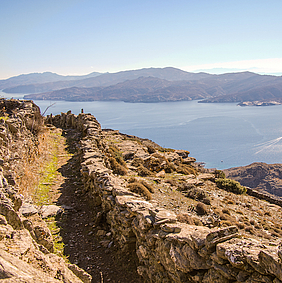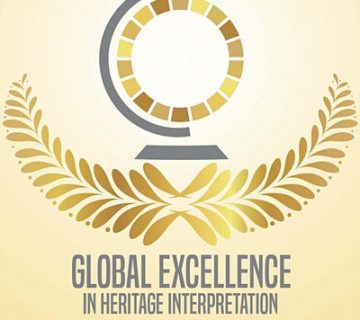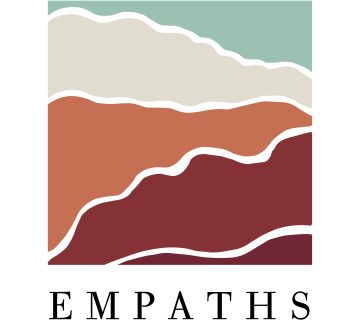A grass-roots project on Andros island to revive a key landscape element, the ancient walkways. An independent, passionate, self-funded effort to conserve by raising awareness and benefits for the local community.
It all started with beauty, over 20 years ago… the younger me was lying at the open boot of my father’s van, returning from a weekend on Andros island. I looked up at the clear sky, the uninterrupted horizon, the sunset colours. I inhaled the clear wind and felt immensely alive. A strong wish flooded from within. I want to live here…
Unavoidably, this is a personal story, but depersonalising it could be the story of any urbanist seeking connection to nature, a meaningful quest, a sense of real life. It could also be the story of locals rediscovering their neglected heritage; areas of breath taking beauty handcrafted by their ancestors.
Andros Routes, initially a fluid idea of interpreting the landscape of Andros, became a project to revive the ancient walkways and make them useful again for the community.
The story in snapshots:
• 2005 First touch: My permanent move to Andros. I walk along the old footpaths. Beauty inspires me deeply.
• 2009 Vision: ‘Andros Research Centre’ is born, to host research and creative conservation activities. By recording oral history, we understand the landscape – an effort christened, Andros Routes.
• 2010 Earthly involvement: Launching a voluntary scheme of footpath clearing. Delivering the first interpretive walks.
• 2011-12 Roots on routes: Footpath clearing.
• 2013 Fundraising & learning: We write a book and issue a map and hikers tools, generating income for maintenance. We get training from the European Ramblers Association (ERA) on developing quality trails.
• 2014 Setting social goals: We communicate the idea of a quality certification and fundraise, achieving private local support.
• 2015 Accomplishment & recognition: After two years of intensive work, we complete the maintenance of 160km. We receive the quality certification Leading Quality Trails -Best of Europe from ERA. Strong publicity of the achievement boosts local pride.
• 2016 Results: The footpaths become a local theme, travel organisations and individuals visit Andros for hiking, extending the tourist season. Important European publications renounce Andros a ‘top hiking destination’.
• 2018 A conservation social net: 20 volunteers hold good knowledge on path maintenance, recording, communicating and working on problems with locals. Five volunteers coordinate, support hikers, pursue local involvement, cooperate with tourism organisations, create earnings for the paths and work with authorities to improve policies.
Our project has been a creative attempt at rural heritage interpretation: oral history interviews, footpath maintenance, guided tours, articles written, public presentations – all together an interesting mosaic of interpretation. The ancient walkways have been our gate to understanding.
It was only recently that I had the chance to join Interpret Europe’s invaluable course for Certified Interpretive Guides (CIG), at Syros island, taught by the gifted trainer, Valya Stergioti. What an amazing feeling when you see your field experience through a structured methodology! It has been a diamond. My hopes fly to the day this will be embodied to the Greek education system.
Why walk? Well, walking on ancient steps may be a way to reconnect to our agricultural past, to reach parts of rare beauty and cultural wealth, where all ‘progress’ has sprouted from.
Olga Karayianni is the coordinator of Andros Routes Project www.androsroutes.gr. She recently finished her PhD in sustainable tourism, being carried away by the mystical footpaths of Andros and – hopefully – the non-futile battle to save them. She can be contacted at: info@androsroutes.gr
To cite this article:
Karayianni, Olga (2018) ‘Andros Routes: Walking for heritage on a Greek island’. In Interpret Europe Newsletter 1-2018, 24-26.
Available online:
www.interpret-europe.net/fileadmin/Documents/publications/Newsletters/ie-newsletter_2018-1_spring.pdf




